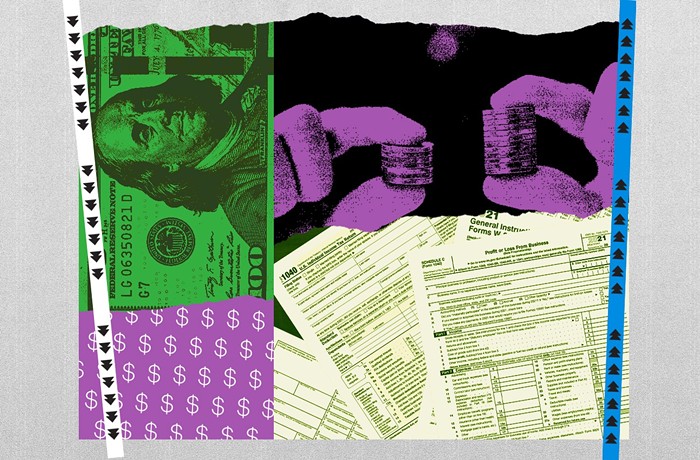This post is by Ben Schiendelman, a contributor to Seattle Transit Blog, who supports putting a proposed deep-bore tunnel on the August ballot.
Many of us oppose new highway construction without a second thought. Why wouldn't we? Highways cause sprawl by extending cars' reach. They congest, not just themselves, but also nearby streets, with thousands of induced trips. Not only do the cars driving on them cause climate change directly, but the resulting low density land use around them increases our emissions as well. Subsidizing highways causes us to become dependent on cars, which in turn makes us fat and isolates us from one another.
I think it's clear that a strong majority in this city agree with these statements. Even in the 1970s, city residents stopped the R.H. Thomson Freeway—the ramps to nowhere in the arboretum are a clear reminder—and we were forward thinking enough to ensure the I-90 bridge was built to support transit, so Sound Transit can use it for light rail today. With today's understanding of highways' impact on the climate, we have far more reason to stop them now than we did forty years ago. In the argument of six new lanes or zero lanes, we already pick zero lanes.
But zero isn't the end of the number line. Just as there are negative impacts to building lanes, there are corresponding positive impacts to removing them. New York, San Francisco, and Portland have all removed well used urban highways. They have all seen resulting improvements in congestion, livability, and even adjacent real estate prices. Surface streets and transit handle some of the old trips, and some simply disappear, no longer induced by the seductive draw of fast pavement.
The Mayor and part of the City Council recently took a trip to Portland to learn about their transit system. They've spoken about Portland's successful light rail and streetcar, their transit oriented development, but they haven't mentioned that there are two sides to this coin. As Portland was building transit, they also removed Harbor Drive, another portion of highway 99, replacing it with a smaller boulevard and a park. Don Bergstrom, Portland Traffic Engineer at the time, had claimed removing Harbor Drive without replacement would be impossible, just like some politicians like to claim about the Viaduct today. After the project was over, he admitted "there wasn't a ripple"—traffic didn't worsen.
In 2005, the city of Seoul made a similar discovery—removing a highway carrying 160,000 daily trips allowed the creation of over a thousand acres of park space, including restoration of a stream that the highway had replaced. The city found greater variety of wildlife, lower summer temperatures, and lower pollution along the route—and lower congestion.
These weren't just drivers taking other routes. Many of the people who had used these highways switched to taking transit, or picked a closer destination instead. They came downtown instead of speeding through it, just as they will here—making the city more vibrant with their presence, shopping on the street instead of in malls, lunching in a park or at a food cart instead of a food court or drive through.
Building these highways was social engineering that we now know has serious downsides. But the city council recently voted 8-1 to replace the Alaskan Way Viaduct with a deep-bore tunnel—an underground freeway. Don't miss this chance to set things right. Protect Seattle Now is running a referendum to put that project on the ballot. Help Protect Seattle Now.


















